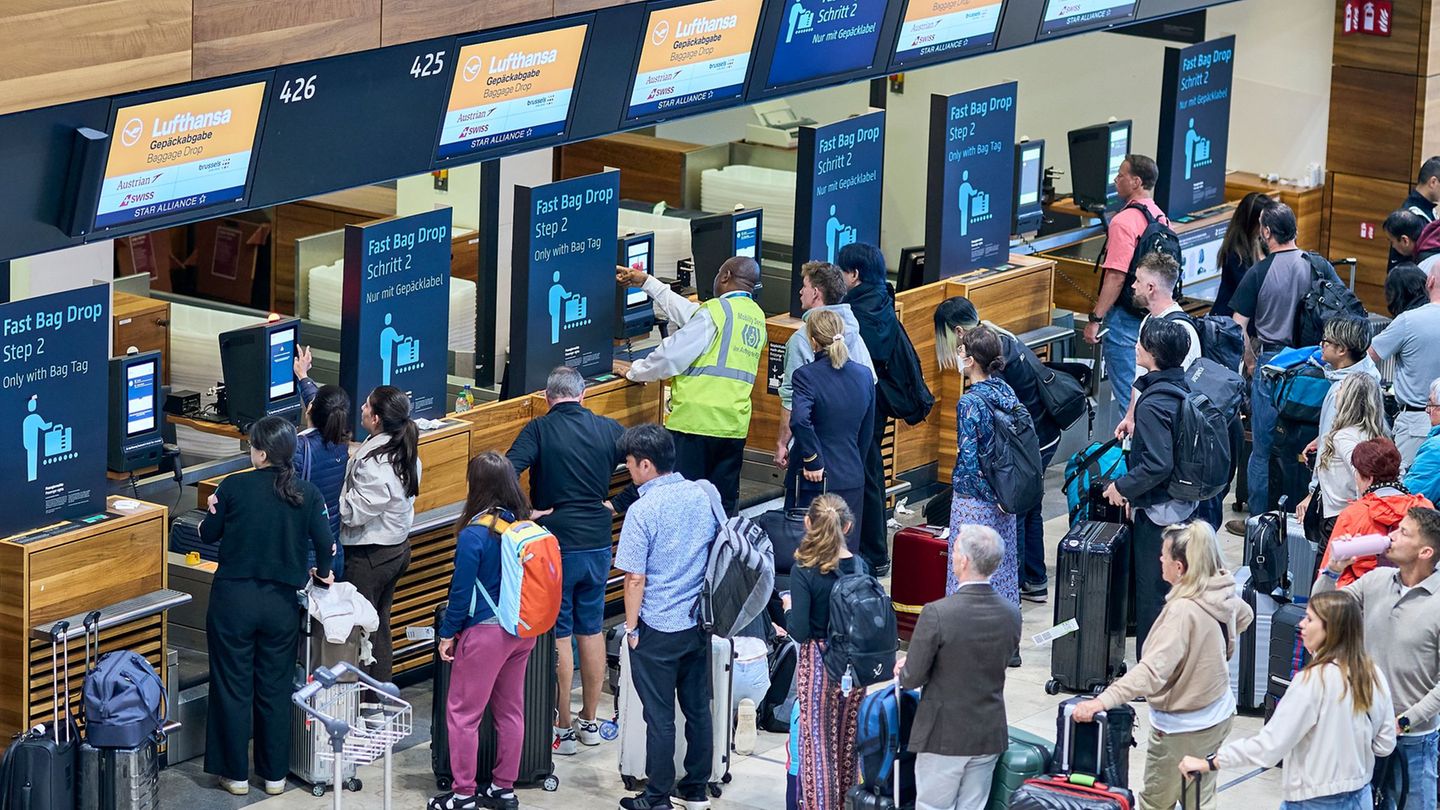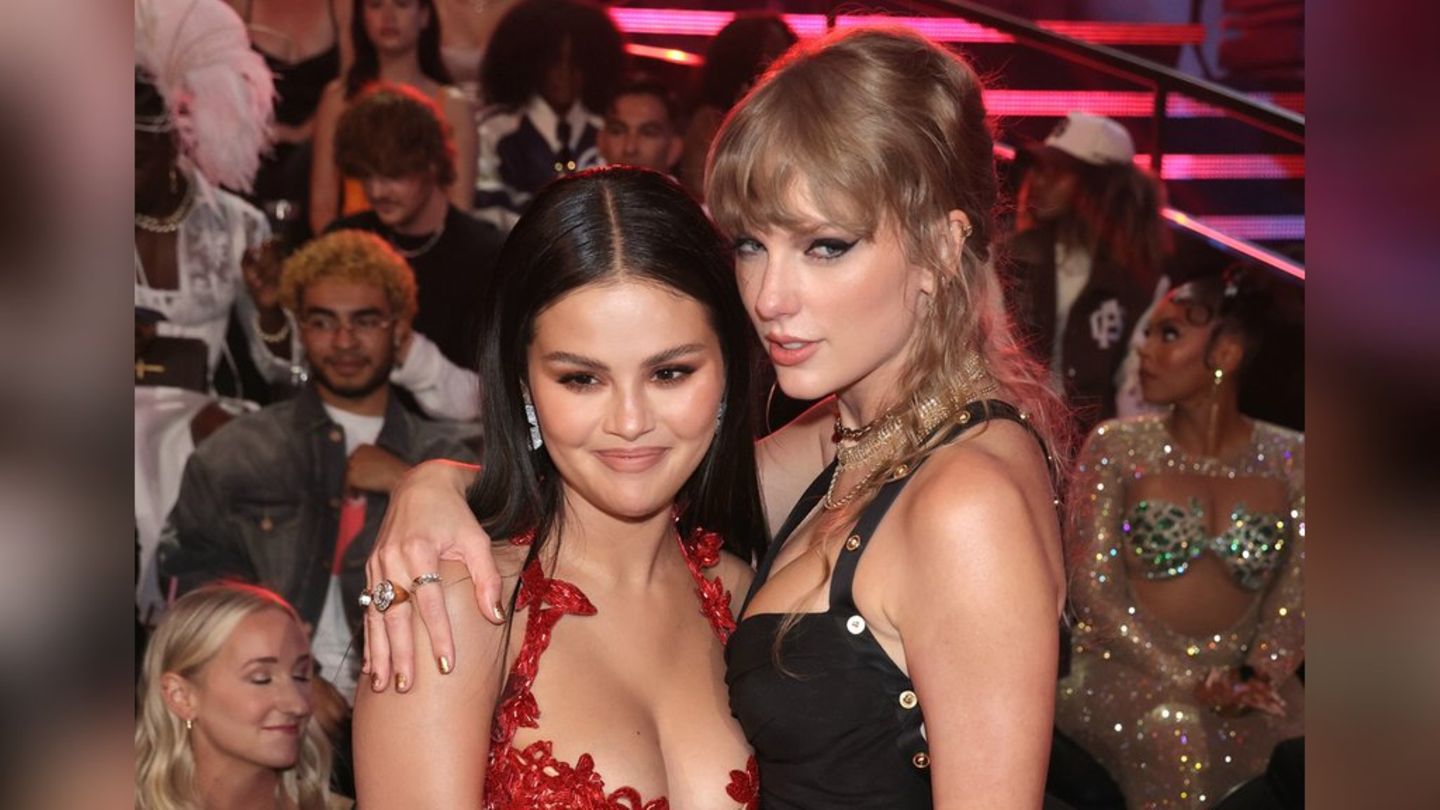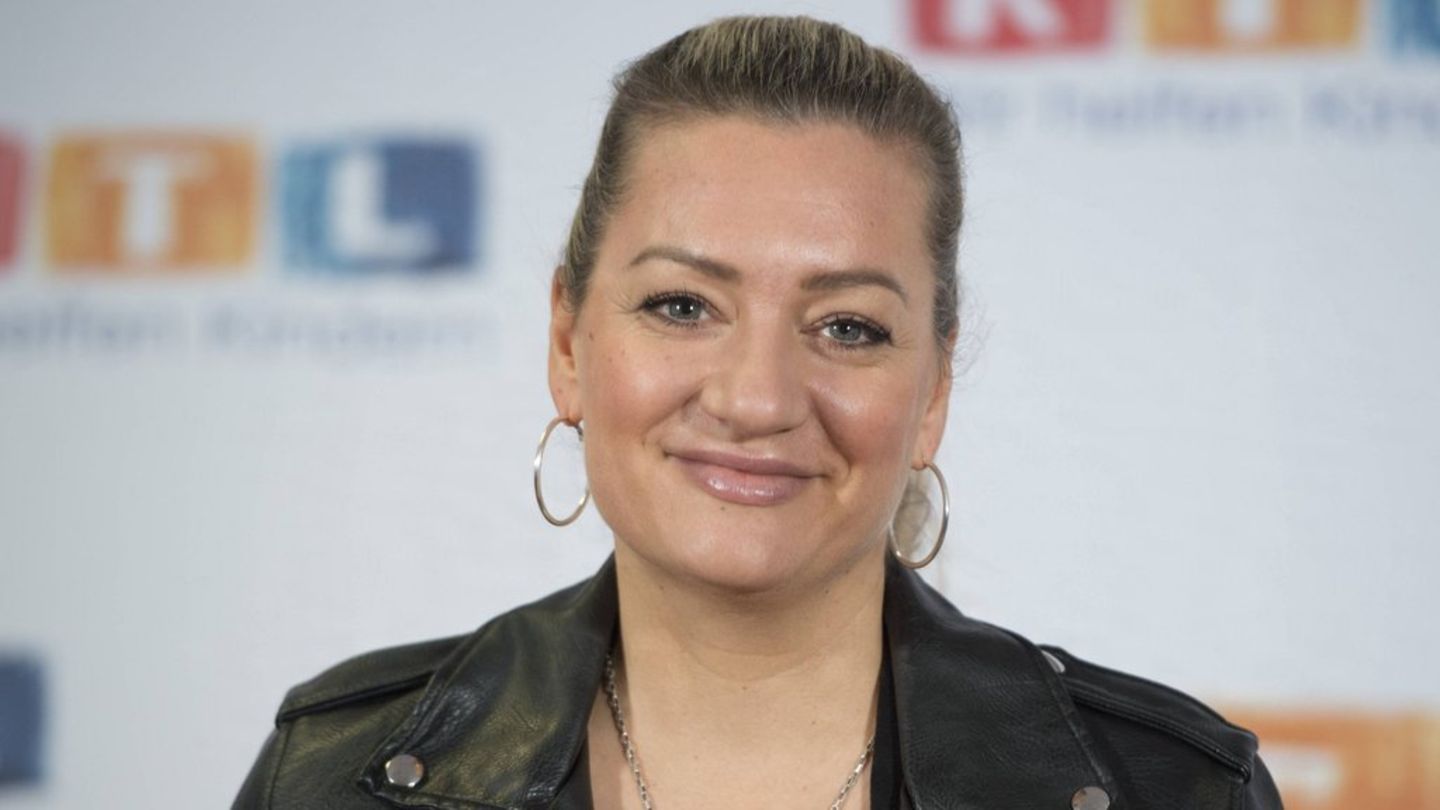During the Corona crisis, the US Federal Reserve gave the economy massive support, including with securities purchases. Soon, given the robust growth and high inflation, the Fed could shift down a gear.
The US Federal Reserve (Fed) is sticking to its loose monetary policy, but has the prospect of curbing billion-dollar securities purchases soon.
At the same time, the updated forecasts for economic growth, inflation and unemployment could point to conditions for an interest rate hike in the coming year.
For the time being, the key interest rate will remain in the low range of 0.0 to 0.25 percent, as the central bank announced on Wednesday. The Fed also continues to buy $ 120 billion per month in securities.
The purchase of securities decided last year because of the corona crisis is intended to improve the liquidity of the financial markets and facilitate the provision of loans for households and companies.
At the end of July, with a view to the bond program, the Fed had already announced that the US economy had made progress on the goals of full employment and inflation. This has now been confirmed. And the Fed announced that a slowdown in the repurchase rate could “soon” be justified if the trend continues as expected.
The Federal Reserve did not disclose exactly when and how quickly the asset purchases could be scaled back. “We have not yet decided on the pace,” said Fed Chairman Jerome Powell. The decision could be made at the next meeting in November, he said. Overall, the central bank considers a gradual meltdown of purchases to be appropriate, which could be concluded in the middle of next year. Powell said he did not assume that there would be a rate hike before the security purchases expired.
The Fed currently buys around $ 80 billion in government bonds and $ 40 billion worth of mortgage-backed securities a month. The European Central Bank (ECB) recently announced a slight curtailment of its bond purchase program.
The current interest rate level meanwhile is justified until full employment prevails on the labor market and the inflation target of around two percent has been reached, the Fed emphasized after a meeting of the responsible money market committee.
At the same time, the Fed lowered its forecast for economic growth this year. In June, the central bank had assumed an increase of 7 percent, now it expects growth of 5.9 percent. The rapid recovery of the US economy from the Corona crisis had recently slowed down somewhat due to the rapid spread of the delta variant. For 2022, however, the central bank is now expecting growth of 3.8 percent after the June forecast of 3.3 percent.
In terms of inflation, the Fed now expects 4.2 percent for this year instead of the June forecast of 3.4 percent. Powell was convinced that it was a temporary effect – but at the same time admitted that inflation could remain high for the time being. For the coming year, the Fed now expects 2.2 percent after a forecast of 2.1 percent in June.
The Fed raised its forecast for the unemployment rate this year to 4.8 percent, from 4.5 percent in June. “The demand for labor is very strong,” said Powell after the decision. However, the delta variant intervened in some areas such as the hospitality and travel industries. The increase in employment should pick up speed again if the current corona effects are overcome, he emphasized.
Most recently, the central bank’s growth forecasts have mostly reflected the development of the pandemic. Last December, before the vaccinations were used, the central bank had expected an increase of 4.2 percent for 2021. In March it was already 6.5 percent, in June – thanks in part to the lower number of infections and the increasing vaccination rate – it was already 7 percent. Since June, the number of infections and deaths has risen again because of the delta variant.
Jane Stock is a technology author, who has written for 24 Hours World. She writes about the latest in technology news and trends, and is always on the lookout for new and innovative ways to improve his audience’s experience.




